Case Study: How Duolingo Keeps Users Coming Back for More
Ever wondered how Duolingo went from a small language learning app to a global phenomenon? Duolingo is the most popular online platform for learning foreign languages. It numbers 575+ million total users, 88 million monthly active users, 26.9 million daily active users and 6.6 million paid subscribers as of the beginning of 2024. You can read full statistics here.
Duolingo's focus on user retention and engagement through gamification and psychological techniques sets it apart from competitors.
Their deep focus on retention and engagement is evident in their constant experimentation and product improvement. I will explain how they achieve this.
Explanation of User Retention and User engagement
User retention and user engagement are key components of product growth, forming an integral part of the Acquisition – Retention – Monetization triad. When considering steady product growth, it's clear that creating an app and attracting downloads isn't enough. You must find ways to keep users actively using the app on a regular basis – the more frequently, the better. Otherwise, the app risks becoming just another unused icon on their phones (the best-case scenario) or being deleted immediately if it fails to engage them.
User Retention focuses on bringing users back to your app repeatedly. It's about turning initial interest into a lasting habit. High retention means users have found value in your app and have integrated it into their routine.
User Engagement goes a step further. It's about how actively involved users are within your app. Are they using its core features, progressing through content, and meaningfully interacting? Engaged users are more likely to stick around, become loyal advocates, and potentially upgrade to premium versions of your product.
Gamification and Psychology Tricks
Shorter lessons and spaced learning
Duolingo's approach enhances user retention and engagement by making learning fun and manageable. By breaking down lessons into small chunks that only take 3-5 minutes, you are encouraged to engage with the app frequently. I love this feature s it perfectly fits the fast paced rhythm of the modern world where people can study occasionally when they have time.
This method is called spaced learning or spaced repetition. It involves reviewing the learning material at increasing intervals over time, which is more effective for long-term retention than cramming information in a single session.
Additional engagement hooks: double XP which may virtually be endless as you progress with lessons, daily and monthly quests, possibility to learn several languages at the same time.
Daily streaks and chests
The daily streak feature makes you open the app at least once a day in order not to lose your progress. Do you open a traditional language handbook daily? Guess, no. However, this is fairly not enough. The app offers you morning and evening chests with experience rewards, developing a habit to practice language twice a day and other reminders.
While navigating user profiles in Duolingo, you can easily find users that already have several years of day streaks, which means that they at least open the app and do a lesson every day with occasional streak freezes.
Competition with other users
Duolingo's implementation of leagues has significantly boosted user retention and engagement. These leagues, acting as leaderboards, promote healthy competition among users. Users are ranked in leagues based on their weekly experience points, starting from Bronze and progressing to higher leagues like Silver, Gold, and Diamond. Notably, users receive regular notifications when they are surpassed by another user, motivating them to engage with the app, complete lessons, and reclaim their position (yet these notifications may develop sense of unease and make users feel stressed).
One more feature to mention about leaderboards is the Duolingo’s algorithm that analyzes your learning style. The more you learn and earn XP to beat other player, the harder opponents you will get the next week. This mechanic is so hard-pushing that many users developed cheats in order to get in the leaderboard with language maniacs.
Drawbacks of Gamification
Duolingo's heavy emphasis on competition raises an important question: does this relentless drive for leaderboard dominance create stress or even hinder learning for certain users? While competition can be motivating, it's easy to imagine scenarios where the constant comparison and pressure to maintain streaks might become overwhelming. This could be especially true for those who might already experience learning anxiety. The focus on frequent engagement might inadvertently prioritize maintaining a competitive edge over a deeper, more reflective learning process.
Furthermore, it's worth considering if Duolingo's focus on quick, gamified lessons potentially sacrifices depth of understanding. While these techniques are undoubtedly effective for engagement and habit formation, they might not be the most conducive method for acquiring complex grammatical concepts or achieving true fluency. The emphasis on constant progression and rewards could inadvertently overshadow the need for focused practice and the occasional slowdown to fully grasp difficult language elements. A crucial question remains: is there an ideal balance between Duolingo's highly engaging format and a more nuanced approach to language learning that allows for deeper understanding, even if that comes at the expense of some immediate gratification?
User Retention and Engagement in Figures
We do know for sure that Duolingo’s product managers heavily rely on data and experiments. I think these metrics are the most important for them in order to track app performance:
DAU (number of daily active users);
MAU (number of daily active users);
Average session duration;
Time in app (per day/week/month).
The data from their investor reports says that the number of engaged users increases over time. Whatever they do with the app, the numbers keep growing immensely:
It is harder to get average session duration figure as Duolingo does not publish it directly. However, sources in the internet say that it averages 5 minutes 29 seconds.
Conclusion
In conclusion, Duolingo's success in user retention and engagement can be attributed to its innovative use of gamification and psychological techniques.
Duolingo’s strategic use of data and experiments to track user behavior and continuously refine their product is also critical in their success. The company's growth in daily active users, monthly active users, and subscriptions over the years shows the effectiveness of these strategies.
Despite some potential drawbacks like stress from notifications and the intense competition, the overall user experience in Duolingo seems to successfully balance learning and engagement. It is clear that Duolingo has set a high standard in the educational app industry for user retention and engagement, providing valuable insights for other companies looking to grow and maintain their user base.



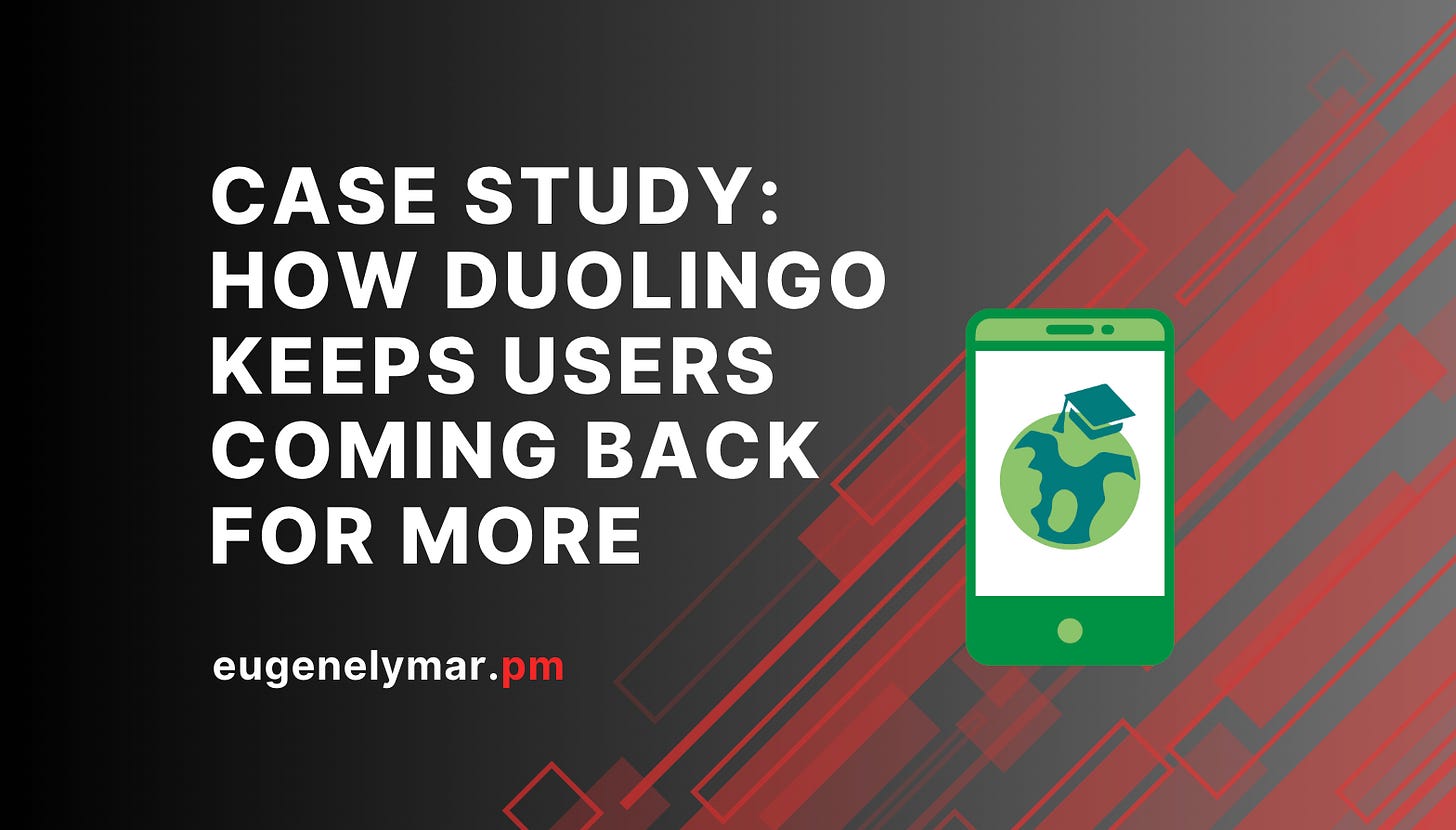
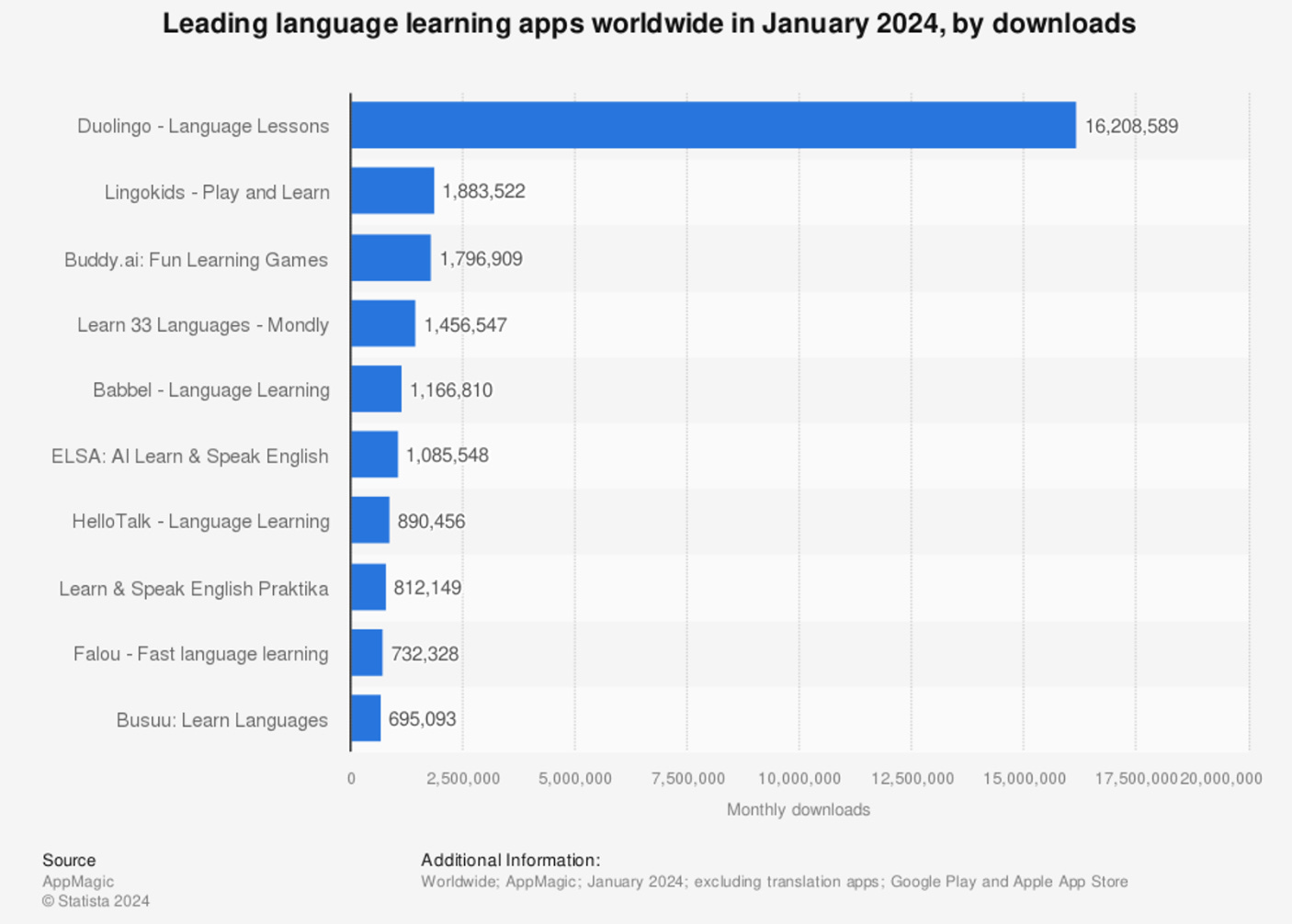
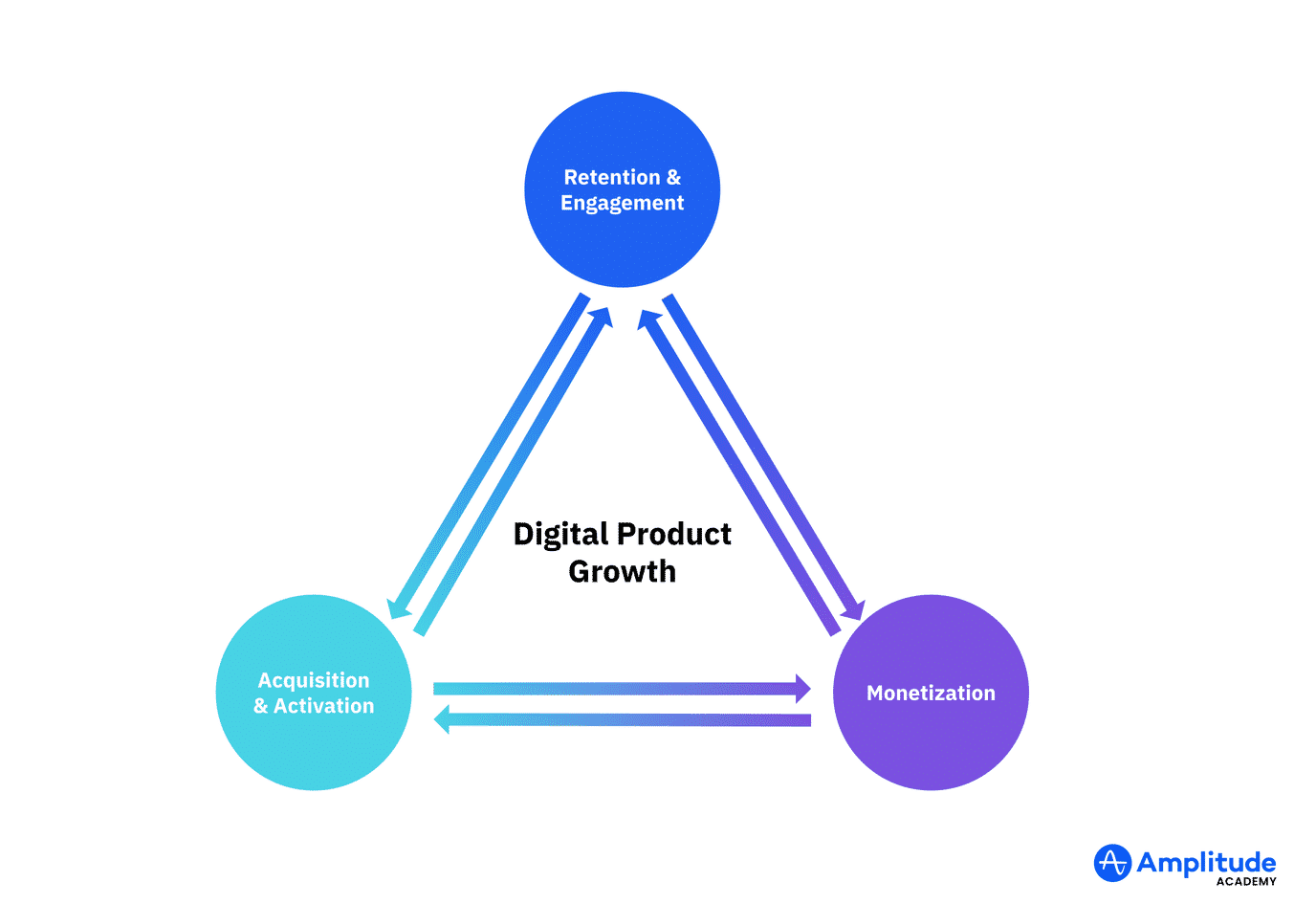
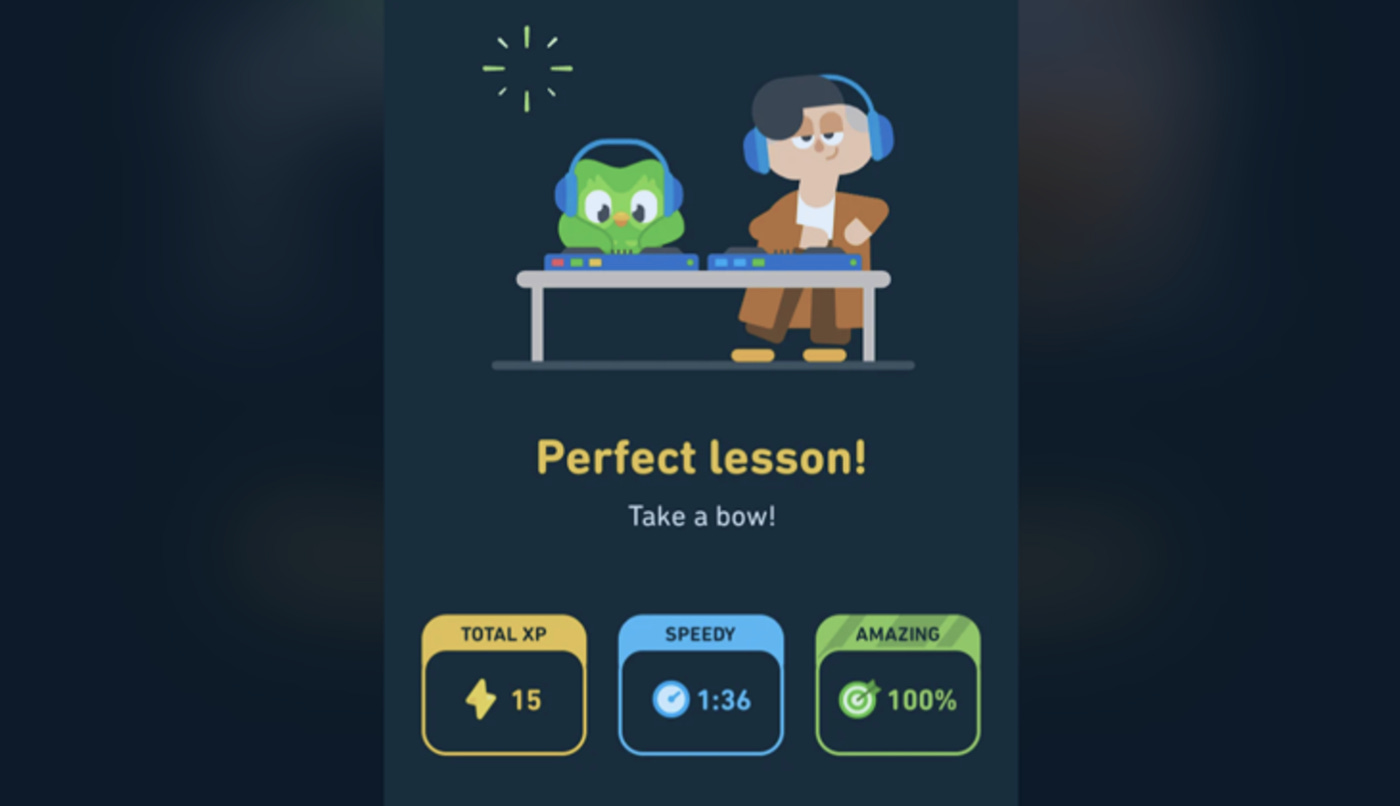
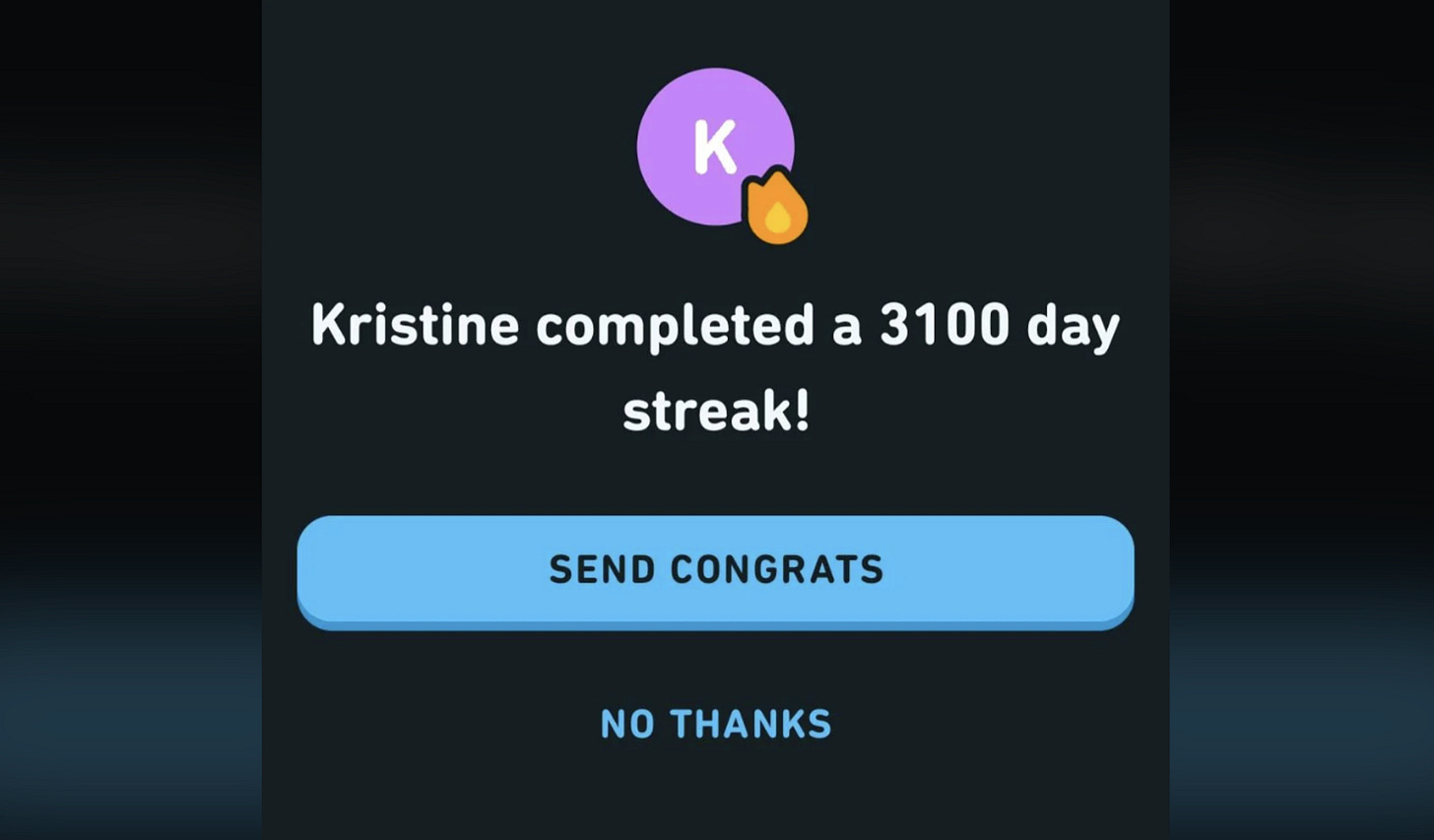
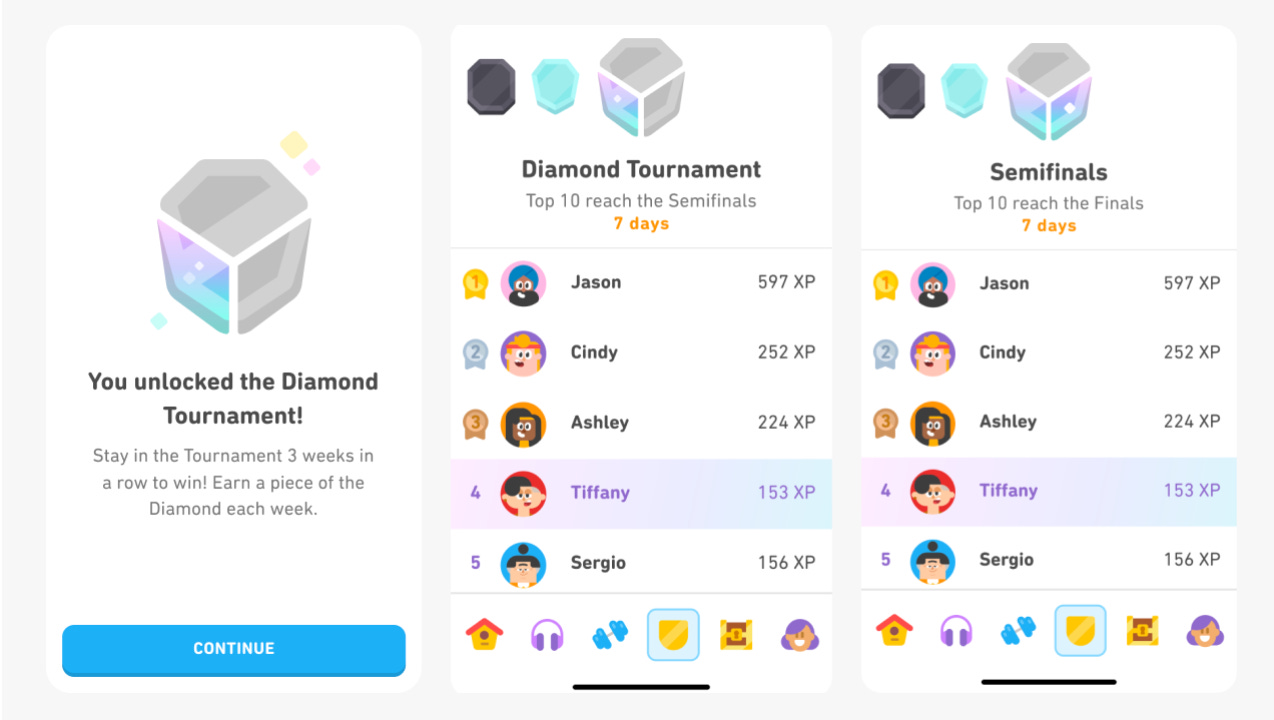
Adam Grant's book Hidden Potential makes an interesting point about language learning (and learning in general) - you have to practice your knowledge even while you are in the process of acquiring it (even if this means making tons of mistakes and putting yourself out for emabarrassment). Duolingo's approach therefore just does one part of the story, the rest has to be done by the users offline to really get a strong grasp of language.